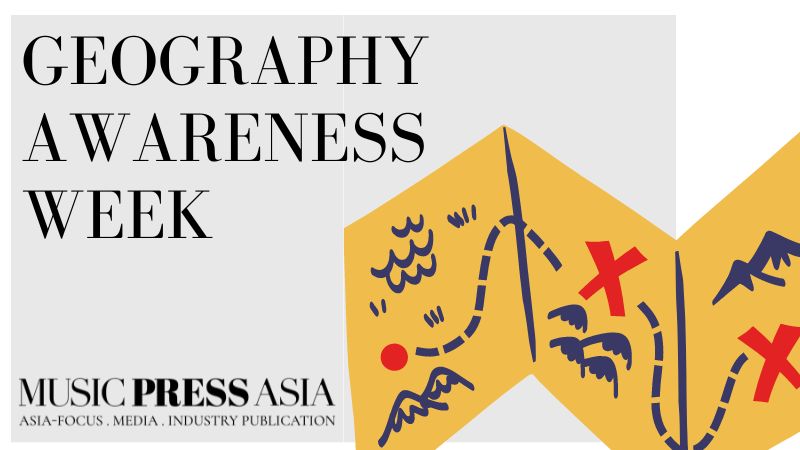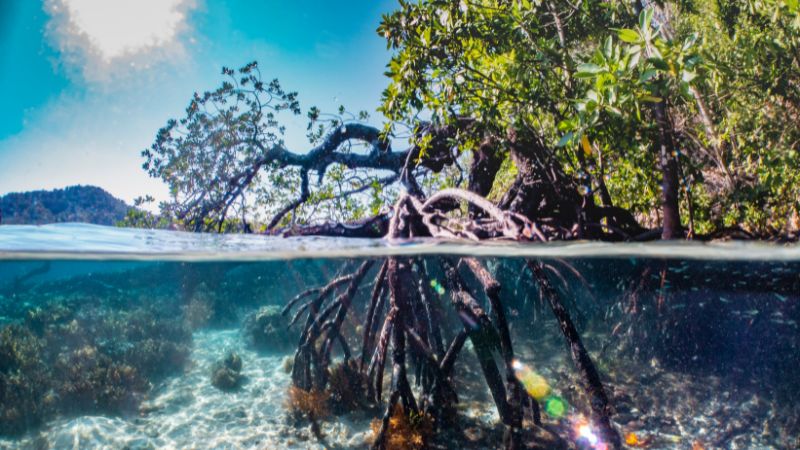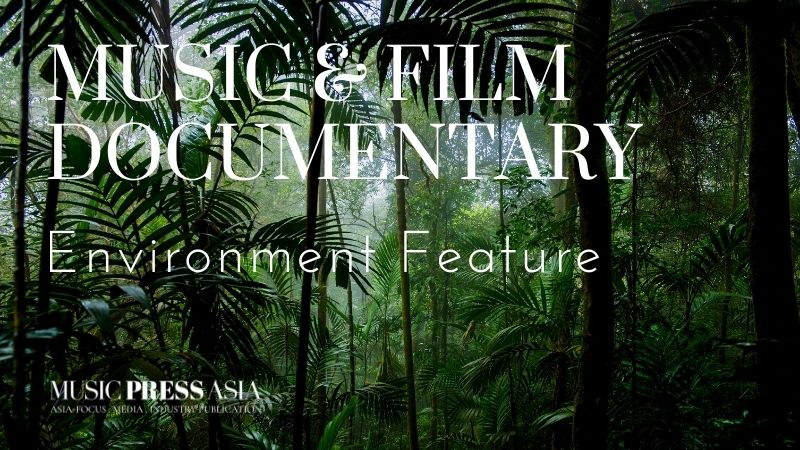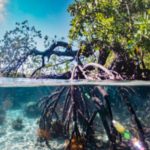Turning The Tide for Endangered Animals
Music Press Asia celebrates Endangered Species Day today by highlighting six species that have been imperilled by human activities. Considering also how Asia can help turn the tide for these animal
Music Press Asia celebrates Endangered Species Day today by highlighting six species that have been imperilled by human activities. Considering also how Asia can help turn the tide for these animal
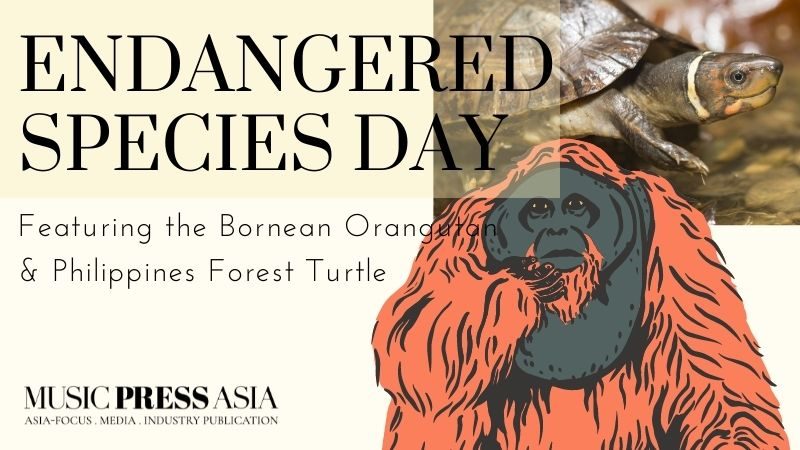
Our species, the Homo sapiens, has officially seized the world. For roughly 300 millennia, or most of our existence, our population numbers have risen gradually. It is estimated that there were about 170 million people on Earth around 2,000 years ago. But with the arrival of modern medicine and the Industrial Revolution, the human population exploded. Skyrocketing from a billion in 1800 to almost 7.9 billion today.
Asia, the most rapidly developing part of the world, is contributing most significantly to this human-induced species decline. But just as the continent is a huge part of the problem, it can also play a central role in the solutions we devise to protect these species.
They include the Bornean Orangutan, Philippine Forest Turtle, Giant Panda, Blue Whale, Bluefin Tuna, and the Scalloped Hammerhead Shark.
There are currently 138,374 species on the International Union for the Conservation of Nature (IUCN) Red List of Threatened Species. Even more worrying, 38,543 of them are threatened with extinction.
That’s indeed bad news for the planet. The sheer number of humans has made it impossible to use Earth’s resources sustainably, and in just a few hundred years, those resources have been rapidly depleted. Threatening the environment, plant and animal life, and even the very air we breathe today.
Humanity’s detrimental impacts are visible everywhere. A 2020 study in the journal Science Advances found that human activities have caused 06 percent of global mammal extinctions over the past 126,000 years.
“These extinctions did not happen continuously and at a constant pace,” lead author Tobias Andermann from Sweden’s University of Gothenburg said. “Instead, bursts of extinctions are detected across different continents at times when humans first reached them. More recently, the magnitude of human driven extinctions has picked up the pace again, this time on a global scale.”
Today, we are highlighting two of the species mentioned above.

Bornean Orangutan
The Orangutan, the great ape, is roughly translated from Malay as “man of the forest” that inhabits the rainforests of Indonesia and Malaysia. Classified under the genus Pongo, they have been divided into three separate species: the Bornean orangutan. Sumatran orangutan, and Tapanuli orangutan.
Largely arboreal in nature, orangutans have evolved to have long arms and shorter legs to help them navigate the trees and construct elaborate sleeping nests. A dominant adult male can weigh up to 90 kilograms, developing cheek pads called flanges. These flanged males also have throat sacs used for loud vocalisation.
LISTEN: An adult male Bornean Orangutan’s fast long calls and kiss squeaks.
Although orangutans used to be a common sight all throughout Southeast Asia and South China, it is no longer the case. With their number decreasing, they are now only found in parts of Sumatra and Borneo. In the past two decades, their population and habitat have declined by over 50 percent.
Did you know? Orangutans can live up to 30 years and share up to 96.4 percent of their DNA with humans.
RECOMMENDED LISTENING FOR CHILDREN: ‘I Want to be an Orangutan’ by Shawn Thompson and John Paul Taylor, Jr.
Philippines Forest Turtle
The Philippine forest turtle is also known as the Philippine pond turtle or Palawan turtle. Its species is endemic throughout the Palawan group islands stretching between Mindoro island in the northeast and Borneo in the Southwest.
They have reddish to brown or even black carapaces and is uniquely shaped vertebral scutes reminiscent of ginkgo seeds. To make them even more recognisable, they have pale white or yellow strip that runs across its head behind their ears, earning them the nickname “bowtie turtle”.
Very little is known about the species, and they remain relatively obscure in the mainstream media. But in 1920, it was first classified as Heosemys leytensis by American herpetologist Edward Harrison Taylor. What he found was based on a male and female collected from the swamps of Cabalian in Southern Leyte (San Juan). The specimens, unfortunately, were destroyed in the bombing of Manila during World War II.

The next time a specimen was seen was more than four decades later, in 1988, brought in by a local resident in the Palawan municipality of Taytay. This event prompted various searches throughout Southern Leyte but to no avail. Extinction may have been the reason.
However, during an assessment of the native wildlife of the islands of Palawan in 2001, live specimens of the Philippines forest turtle were uncovered. What were thought as native species were in fact natural populations of Philippine forest turtles. Classified as “Critically Endangered” since 2000, these forest turtles continue to face threats from the black market animal trade, and to a lesser extent, loss of habitat.
Today, as few as 3,000 of them are believed to survive in the wild.
The Illegal Wildlife Trade
Part of the world’s largest archipelago, the Malay Archipelago, the Philippines comprises more than 7,600 islands and has a population of around 110 million. By 2030, the country’s population is predicted to reach 125 million. Sadly, most of the rural population living below the poverty line often exploit the native wildlife and make a living by participating in the lucrative black market animal trade.
This is not surprising. Given the Philippines’ vast biodiversity, it is home to more than 52,177 different species and over half of them are endemic. Of the 700 different bird species, around 200 of them are endemic. Additionally, the country is ranked fifth in the world for the diversity of its plant species. In fact, with such a large number of animals that cannot be found anywhere else in the world, it’d resulted in these creatures being highly coveted by those looking for an exotic pet – or meal.
Aside from the Philippines and China, it is suspected that illegal trading of the Palawan turtles occurs in Borneo, Malaysia as well.

A Beacon of Hope
Efforts have been made to protect Philippine forest turtles. The species, under Philippine law, is legally protected from poaching. Sadly, illegal activities continue because of the lack of sufficient habitat reserves and parks to house them. Lack of knowledge surrounding the species, their behaviour and ecology, make it difficult for experts to facilitate rehabilitation processes.
The 1992 Strategic Environmental Plan (SEP) for Palawan Act would be stepping forward in providing an extensive framework that would sustain, develop, protect and enhance the natural resources and endangered environment of the province. That includes confiscating turtles meant for trade.
The Katala Foundation Inc. (KFI) is a Palawan-based conservation group. For a full decade, it carries out extensive captive-breeding programmes, and finally, welcomes its first hatchling in 2018.
The road rehabilitating the Philippine forest turtle numbers has just started. With so much more to learn about this rare species, there is every opportunity for more that can be done. Nonetheless, there is hope with continued persistence and determination.
References:
Asian Geographic No.128 Issue 3/2021: A Brief History of Humanity, the BlueGreen360 edition.

